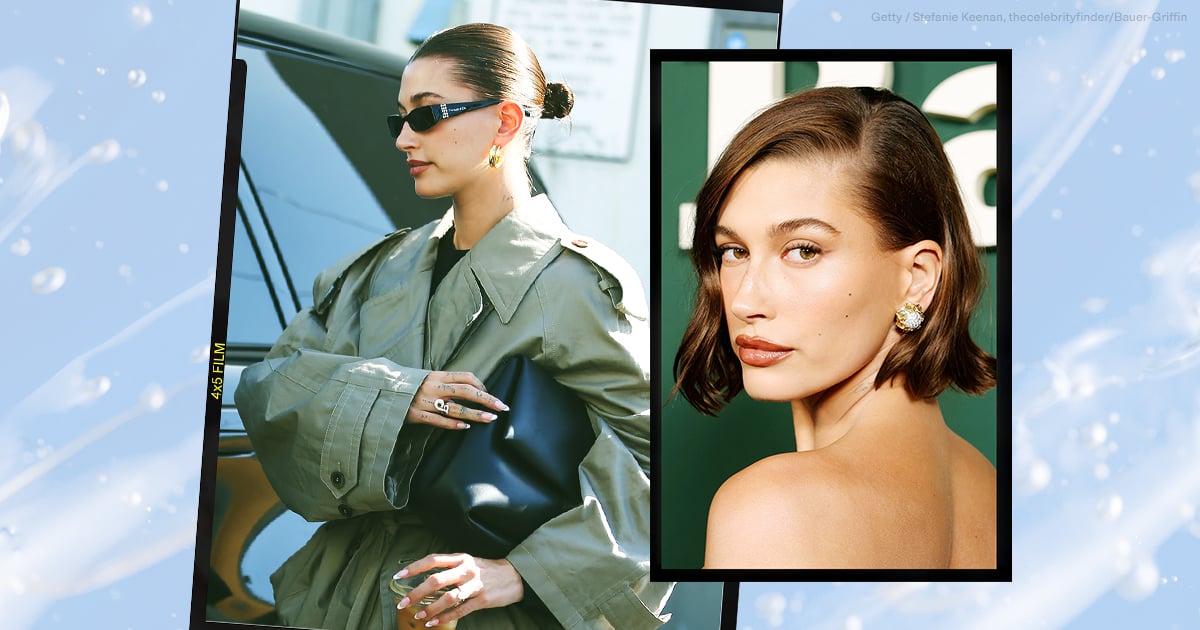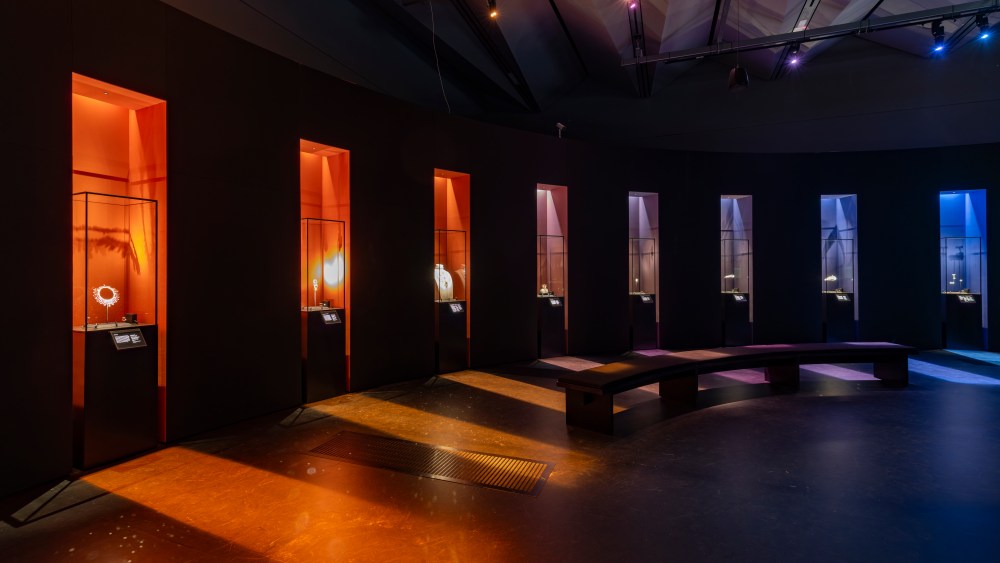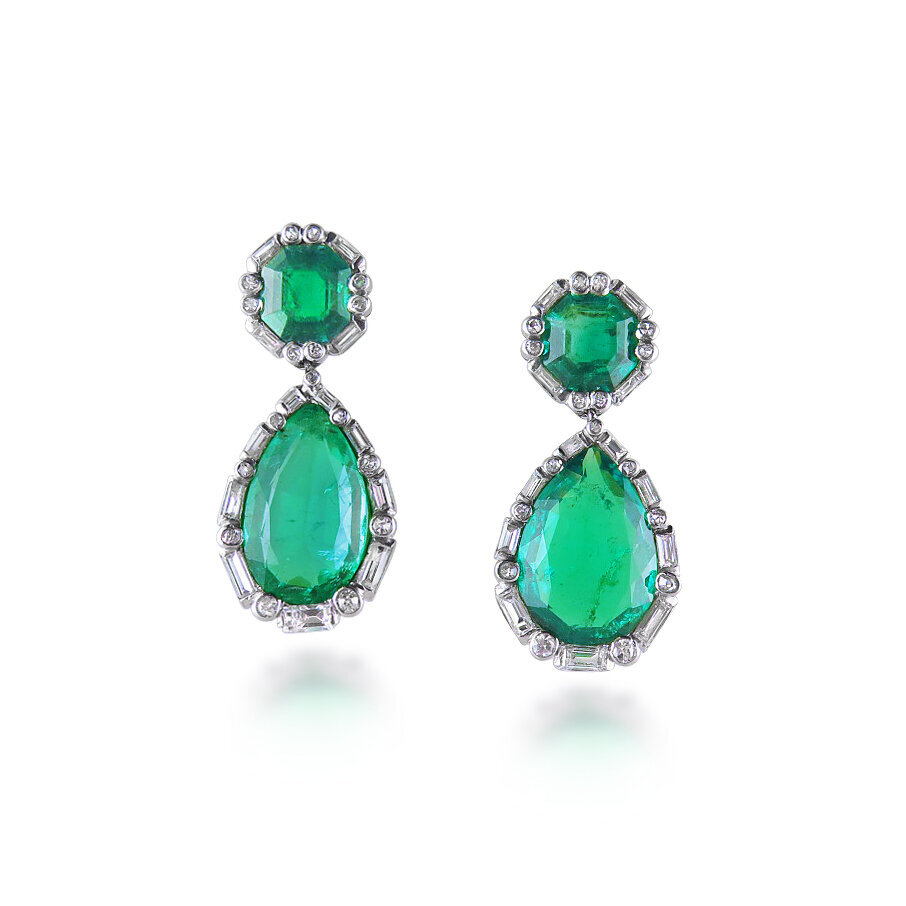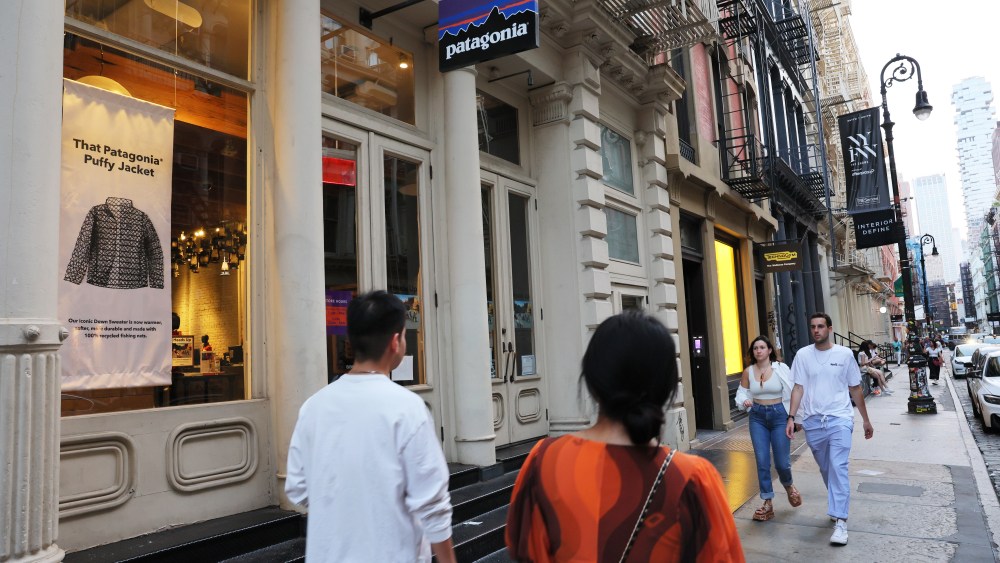Social media being bad for your self-esteem is not a fresh take – we all know all too well the feeling of doomscrolling late into the night comparing yourself to people who seem to have your dream wardrobe, house, car, job, fill-in-the-blank. Born from this, particularly within TikTok, are endless trends that take up the FYP, and while some are flash-in-the-pan (remember, cottagecore? Brat girl’s elderly aunt. . .), there are some that stand the test of time and continue to gain traction. The skin-care and beauty community is no exception to this, and among these trends, one that has dominated over the last few years is the “clean girl” aesthetic, which has amassed over two million hashtags in its various forms on TikTok.
The “clean girl” doesn’t have a clear definition but can be recognized by her slicked-back bun, glowing skin, and neutral nails. She forgoes full-coverage foundation in exchange for a lighter tinted moisturizer and doesn’t do much beyond brushing her brows and dabbing on a touch of lip balm before she’s ready to leave the house. While it sounds innocent enough, this exclusionary beauty standard can be incredibly isolating and disillusioning for someone like me. As a South Asian girl with acne, my skin is never clear. From breakouts to post-inflammatory hyperpigmentation to genetically predisposed dark circles, my routine requires an arsenal of products before I can hope to replicate the glow of the clean girl. There is no amount of tinted moisturizer that is going to achieve the look that TikTok is telling me it can.
Image Source: Courtesy of Sidra Imtiaz
It feels like the only way to be on trend is to have clear skin or perfectly smooth, styled hair, and trust me, if that was an option, I’d choose it a million times over.
Seen as the poster child for the clean girl look, many influencers sharing tutorials are emulating Hailey Bieber and like her, they too are white, blond, and have clear, blemish-free skin. Branding this as a trend that can be achieved by anyone with the right steps has sinister undertones. In 2025, are we still promoting Eurocentric beauty standards? It feels like a step back from the skin positivity movement we saw in 2020, and the problem is the belief that with the right products, anyone can achieve the same look. This just isn’t the case for so many of us. For every piece of content I see that depicts an influencer applying a dab of concealer to her flawless face or mentioning how she just needs to cover her barely visible dark eye circles, it feels more and more like I’m in a losing battle. If I stick to the bare minimal make-up, as a “clean girl” would do, my skin is blemished and uneven, and I don’t feel like my make-up is doing the work it should be. If I go for full coverage for day-to-day, then I’m outdated and overdoing it. It feels like the only way to be on trend is to have clear skin or perfectly smooth, styled hair, and trust me, if that was an option, I’d choose it a million times over.
And the rule of opposites calls for the immediate, subconscious conclusion: If I’m not a “clean girl,” then what does that make me?
It begs the question, is this what’s leading to the rise in pre-teens investing in expensive, active skin care that they simply do not need nor should be using? And what should we, as women, do differently to ensure the self-esteem of little girls isn’t based on something so out of their control, like the state of their skin or the texture of their hair? The use of the language around the trend is what takes it from being an innocent social media moment to something more deeply problematic. The word “clean” being associated with looking a certain way perpetuates the narrative that those who sit outside this box – like people of color or acne-prone, coily-haired girls – are simply not. And the rule of opposites calls for the immediate, subconscious conclusion: If I’m not a “clean girl,” then what does that make me?
Sidra Imtiaz is a freelance British Pakistani Muslim beauty writer and PR expert based in London, but often in the US. She has written for Refinery29, Glamour, InStyle, Bustle, Who What Wear, and PS.




